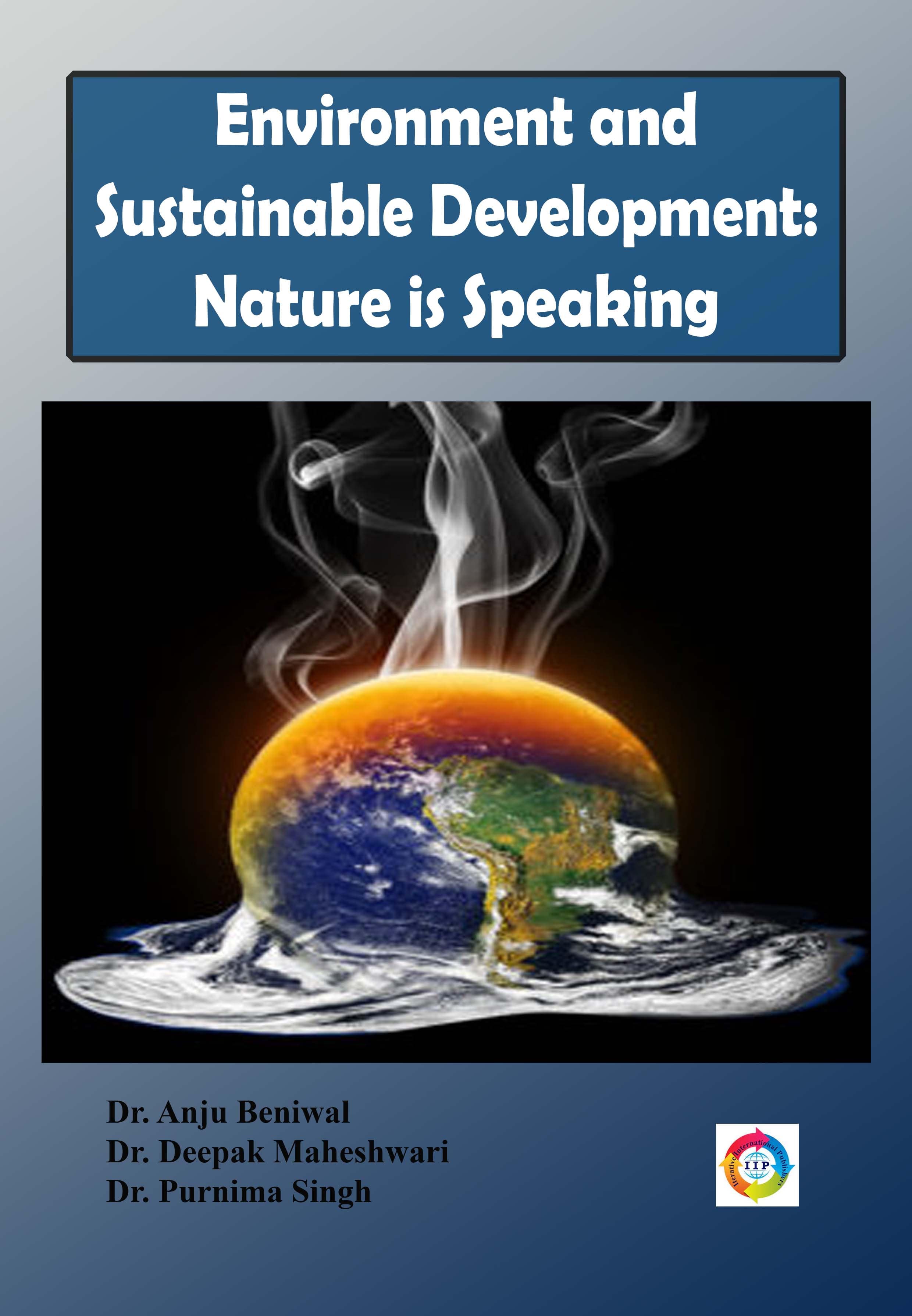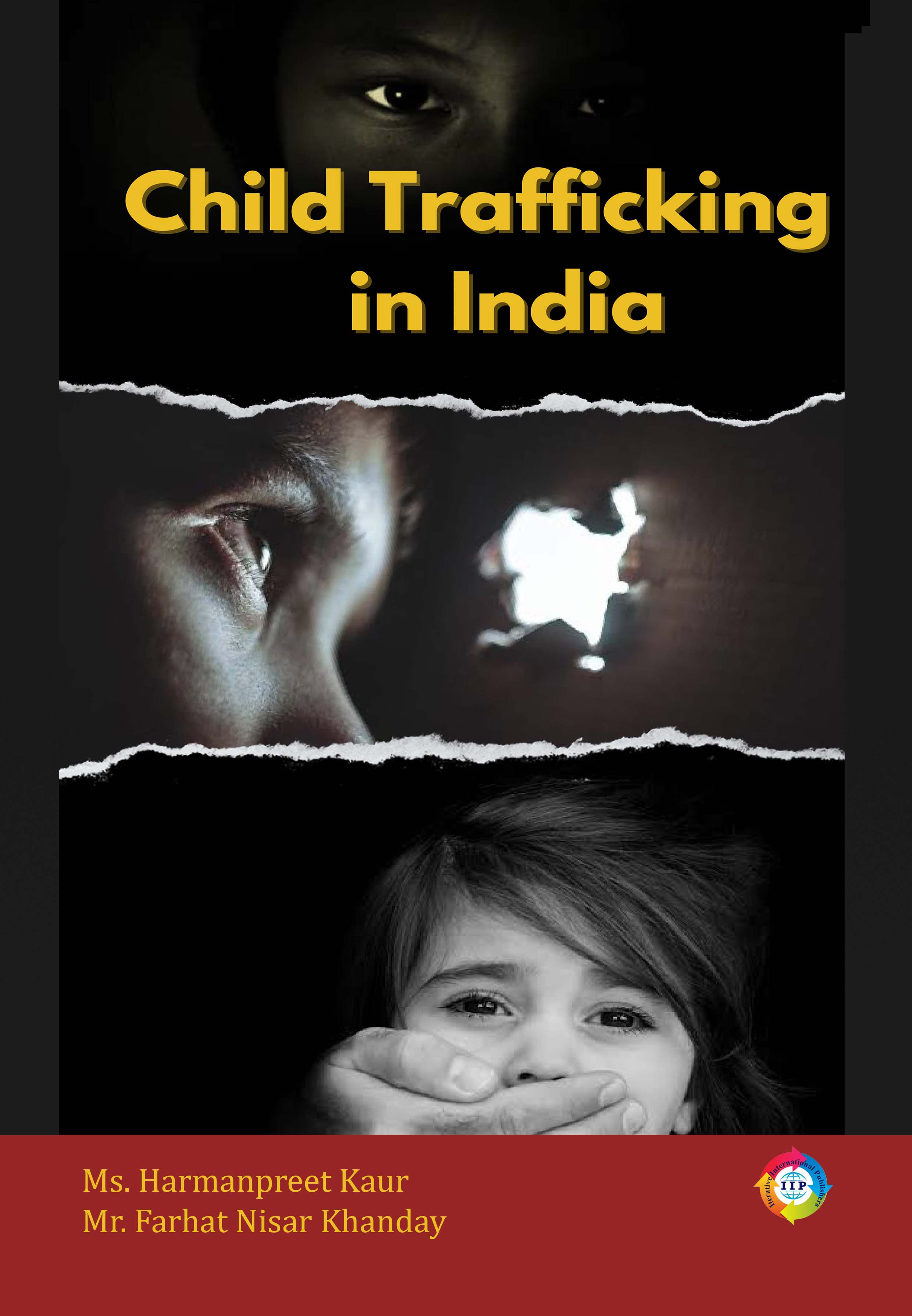
ENVIRONMENT AND SUSTAINABLE DEVELOPMENT NATURE IS SPEAKING
-
TypePrint
- CategoryAcademic
- Sub CategoryEdited Book
- StreamSocial Sciences
Earth provides enough to satisfy every man’s needs, but not every man’s greed. The interrelationship between man and the environment has led to many schools of thought. A Determinist considers that nature (environment) controls human activity and behavior, while Possibilism places man above nature and considers man to control the surrounding environment. Stop and go determinism (Neo-determinism) is the middle path. But as all of us can visualize, man is dominating nature with the advancement of science and technology and also recklessly disturbing the ecological balance. Man has polluted the environment and destroyed forests and the natural habitats of wildlife. Man has converted vast areas into concrete jungles and cleared forests to make agricultural fields and use wood. Population pressure on resources has tremendously increased.
The ecosystem here is considered as a unit of biological organisation made up of all of the organisms in a given area's interactions with the physical environment. There are linkages and nodes that help in developing a complete ecosystem. If there is any disturbance due to any reason between them, it effects the equilibrium of the ecosystem. It’s time to place more emphasis on and increase our knowledge of ecosystem restoration so as to create a quantifiable, cost-effective, and participatory approach to sustainable management of the environment. People and the planet are only as healthy as the ecosystems we all depend on. Bringing degraded ecosystems back to life-for this we have to plant trees, clean our riverbanks, or simply give nature space to recover. This helps in increasing their benefits to society and biodiversity. In this background, the need to balance development and amendment has led to the evolution of the concept of sustainable development. Sustainable development is development that lasts. It emphasises the fulfilment of our needs without compromising the needs of future generations. Rising pollution levels, depletion of resources and the extension of many species of flora and fauna have led to the mass awareness generation leading to the attention of governments and scholars on the theme of the environment and sustainability. The current volume is a collection of chapters freely developed by contributors with a broader focus on the environment and sustainable development.
In Chapter 1, Maheshwari and Beniwal present the close relationship between vegetative cover and land surface temperature. A future scenario has been created or modelled to depict the relationship between different land use categories and land surface temperatures. In Chap. 2, Shukla and Saxena highlight the challenges and framework of the urban model of sustainable development and its regional constraints. The core aspects of development, like environmental, economic, and social issues, are emphasised for addressing inclusive growth and urban sustainability. In Chap. 3, Chaudhary gives an overview of the issues of sustainable development and outlines the link between good governance dimensions and selected indicators of development. He highlights the various aspects of governance and investigates the requirement for good governance. In Chap. 4, Marwaha and Bijawat elaborate that green business models provide improved quality of business activities that deliver products and services with a better economic, environmental, and social value proposition, often to more people over a wider geographic area, more equitably, and more sustainably. In Chap. 5, Shaheena, Anuragi, and Banu provide information to make informed decisions on non-timber forest product (NTFP) monitoring and sustainable exploitation with special reference to Jhadol Tehsil of Udaipur District, Rajasthan. In Chap. 6, Dogra and Jyoti present their views on global warming, its causes, effects, summits/conferences regarding environmental issues and renewable energy sources, and highlight the inter-relationship and negative impacts of climate change and global warming on the entire ecosystem. In Chapter 7, Mathur and Mathur suggest various ways of tackling global warming and climate change.
In Chap. 8, Singh and Kumar discuss the effects of various sources of nutrients and organic manures on the growth and yield of wheat irrigated with canal and saline water, with special reference to Ganganagar Tehsil, Rajasthan. The test weight (g) and harvest index did not differ significantly under the quality of irrigation water, levels of fertilizer, and vermicompost treatments. In Chap. 9, Rehiana briefly discusses the problems of sanitation, solid waste management, and drainage in the rehabilitated colony "DHANAS" in Chandigarh. In Chap. 10, Pathania, Swarnkar, and Singh critically analyse the noise pollution levels in Udaipur city and their impact on the environment and human health. In Chap. 11, Kunwar, Naga, and Jain review the situation and suggest that holistic conservation efforts, including massive awareness programs, are required to protect this important plant group from untimely extinction. In Chap. 12, Meena shows that there is a strong positive relationship between human capital and economic growth. Other variables used in the study include cross-capital formation and secondary school enrolment, which also affect the economic growth of India positively. In Chap. 13, Huidi tries to find out the answers to such questions as: where is the limit of growth in future society? How to save our mother nature? How-to live-in harmony with other creatures? In Chap. 14, Yadav emphasises raising awareness of the importance of collective responsibility to protect the environment for the future.
**Note: IIP Store is the best place to buy books published by Iterative International Publishers. Price at IIP Store is always less than Amazon, Amazon Kindle, and Flipkart.





COMMENTS
No Review found for book with Book title. ENVIRONMENT AND SUSTAINABLE DEVELOPMENT NATURE IS SPEAKING